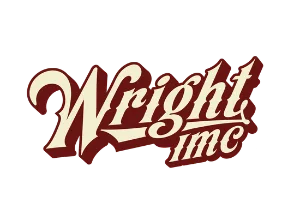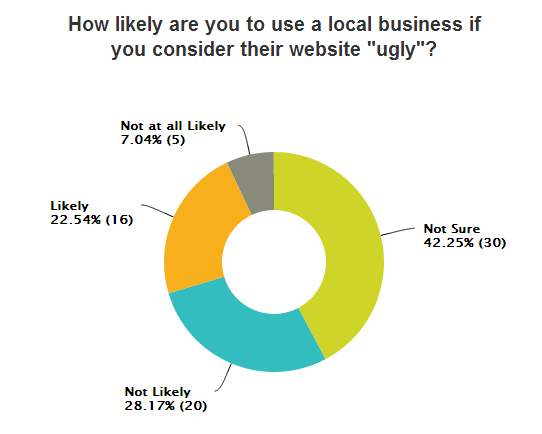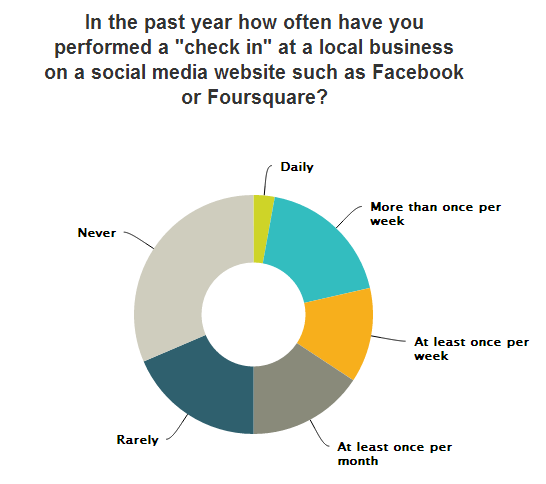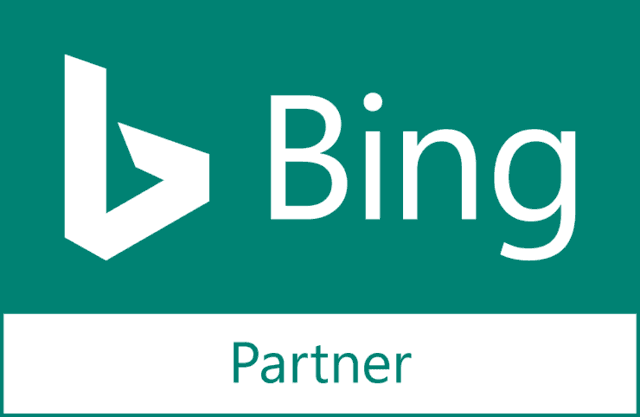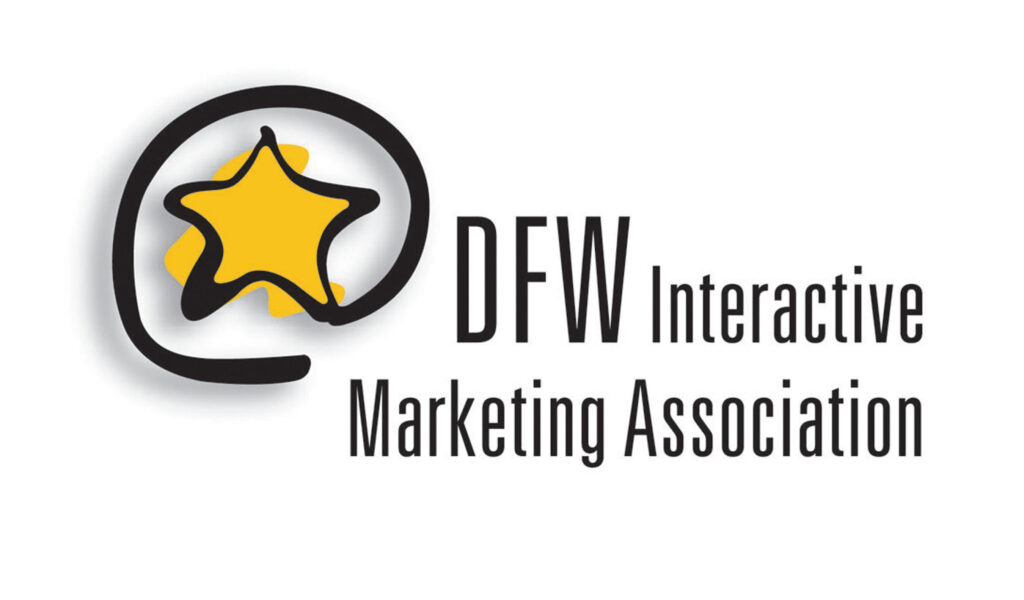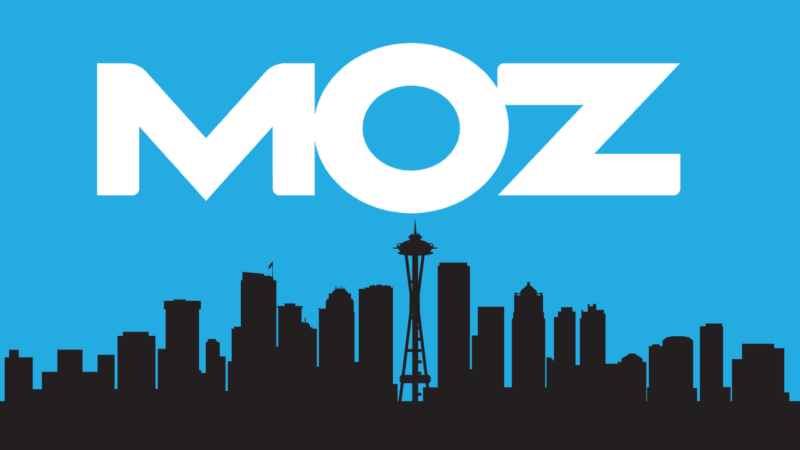This blog post is based on a survey of the residents of Dallas/Fort Worth to definitively discern how they find a local business, view local business websites, and what in particular they are looking for. We asked 100 residents of the DFW Metroplex to take an online survey about their local searching habits, giving us a margin of error of 9.80% at 95% confidence. Some of the results were inline with expectations, while a few of the answers were surprising.
WEBSITE AESTHETICS
Our study found that in the DFW Metroplex, 71% of searches for a local business end up on the website of the local business. We often hear from small business owners that they do not believe that their websites need a new design. However, over time the taste, preferences, and expectations of society adjust. Websites like Google are minimalist, meaning they use very few design elements, but even Google has changed designs several times since 2000. Most small business websites would not be successful as a minimalist site and therefore they tend to have more complicated design aesthetics.
Updating a design can also be relatively painful, and bring with it lots of stress, heavy costs, and uncertainty that the website will perform as well or better for a small business owner. All of these factors make the owners or managers of SMBs averse to the idea of changing their website design. So, the question we wanted DFW residents to answer was, “How likely are you to use a local business if you consider their website ‘ugly’?”
The residents of the Metroplex – listed as the #2 (Plano), #5 (Dallas), and #12 (Fort Worth) most vain cities in the nation last year – answered with a resounding answer that an ugly website would make them refrain from using a local business. With 0% of respondents stated that they would be ‘very likely’ to use a local business, no matter what their website looks like, and 77.46% responding as “not sure,” “not likely,” or “not at all likely.” That’s a large chunk of your potential target audience that might continue looking for another business or just be turned off on your company.
DFW residents were asked about their patronage of a business if the website did not meet their aesthetic standards
While the ugliness of a website is subjective, I think we can all agree there are some standard best practices for making a website more appealing. Those include easy-to-use navigation, a lack of flashing or glittery images, design elements arranged nicely, and a consistent color scheme. These standards lead us to make some recommendations to ensure your website doesn’t fall into the ugly spectrum.
- Consider a new website design and layout about every 4 years
- If you’re on a tight budget, there are inexpensive ways to get a new design. Check out 99designs.com, Microlancer, or Themeforest to find a layout or get one customized.
- Use UserTesting.com at least once per year and immediately after any medium to significant changes to your website to ensure you provide the best user experience possible in terms of aesthetics and navigation. This currently costs about $250.
- Always test new design changes with A/B (split) or multivariate testing before launching. Convert.com is a great tool with a WordPress plugin to make testing easier.
HOW TO FIND LOCAL BUSINESSES
Now that we know a huge percentage of residents performing local searches are landing on your website, how exactly are they finding local businesses on the Internet? To get this answer, we wanted to be as specific as possible to ensure respondents were telling us how they found a business that they were not aware of before instead of just searching for mapping directions or information for a business they were already aware of.
“In the past year, which of the following have you used to find local businesses that you were not previously aware of?” note: Yelp was accidentally left off this list.
- Google Search – 81.43%
- Facebook Search/Recommendation – 30.00%
- Local News Website – 28.57%
- Google Ads – 21.43%
- Facebook Ads – 20.00%
- Twitter – 18.57%
- Blog Website – 17.14%
- Yahoo! Search – 15.71%
- Bing Search – 15.71%
- Craigslist – 14.29%
- Foursquare – 12.86%
- Pinterest – 11.43%
- Yahoo! Ads – 10%
- Instagram – 8.57%
- YellowPages.com – 8.57%
- Bing Ads – 4.29%
- SuperPages.com – 4.29%
- Other Search Engines – 2.86%
- Angies List – 2.86%
- Red Beacon – 1.43%
Not surprisingly, a vast majority of residents replied that Google Search is a source for finding a new, local business, making it the single largest source for this task. The original response for Facebook was “Facebook Search,” and we anticipated this would yield a small number of results, if any since Graph Search beta had just been released. Upon further inspection, we discovered that many of these responses counted recommendations from friends on Facebook as a ‘search’ because they asked for the recommendation. More surprising is the number of responses for Facebook Ads compared to Yahoo! and Bing Advertising platforms. Also interesting was how many responses cited Pinterest and Instagram as sources for a new local business.
WHAT DFW CONSUMERS EXPECT TO SEE IN A LOCAL SEARCH
Looking at how consumers report on how they are finding local businesses, we see a diverse array of websites and services used to find businesses. So, we wanted to know the answer to, “What exactly are these consumers looking for?” Specifically, we wanted to know what a search engine should show. This question was designed to gauge how well Google/Bing Local are doing, but showed sudden new importance as Google began rolling out the “Local Carousel” across local business queries.
As my peer Greg Gifford points out, this carousel has problems. One is that it requires the user to perform a second click to gain business information such as address, phone number, and directions. Information that is readily available in Google/Bing Local. Also, when this second click occurs, it searches for the brand name, causing downstream analytics software to believe that the traffic is branded and not non-branded.
“When searching for a local business online that you’re not aware of (i.e., a landscaper in Dallas), how important is it that the search engine shows the following? (rank in order).” The full list of what a search engine could show in order of importance is:
- Phone number
- Website address
- Prices of products/services
- Links to directions from your (current) location (i.e., mobile)
- Customer ratings of product/service
- Only businesses in your local area
- Ability to click to call the business
- Links to other pages on the business’ website
- Images matching the search
- Business listings on other websites (i.e., yellow page sites)
- Videos matching the search
- Link to a Facebook page
- Link to a Google+ page
- Link to a Twitter account
- Link to an Instagram account
- Link to a Pinterest account
From this, we can extrapolate how well search engines are doing in terms of user experience:
- Google Local – 6/16
- Google Mixed – 1316
- Bing Local – 6/16
- Bing Mixed – 1316
- Google Local Carousel – 3/16
- Google Local Carousel Mixed – 9/16
Based on this data, it’s safe to say that the Local Carousel is a worse user experience than the current Google Local/Local Pack. Surprisingly or not, a phone number is a primary thing consumers want. Often businesses make it difficult to find this, burying it in the footer of their site, making it into an image, or simply placing it on a contact page that is hard to find. Instead, make your business more accessible. Place your phone number at the top of the mobile version of your site in text for click-to-call, place the phone number in your meta description if possible, and make sure any locally-focused product page has your phone number, address, and a link to directions for your business location.
DOES CHECKING IN MATTER?
One of the final things we wanted to know was the local impact of check-in features in social media. To ascertain this, we posed two separate questions. The first was designed to see how often residents reported checking in. The second was designed to see if a check-in action caused a ripple effect by spreading information about a local business. We discovered that residents of DFW do not see checking in as an important part of their life. 50% of the Metroplex population responded that they rarely or never check in at places, and only 21.43% said they do so more than once weekly.
However, it does appear that checking in can have a big impact on the awareness of a local business. 24.29% of the Metroplex said that they see a friend check in at a place of business and then investigate that business further, and 72.86% reported doing this at least once per month. It appears most people view checking in as a special occasion to highlight an important day or event. When this is done via social media, friends and family take notice and view the check-in as a recommendation.
DFW residents state how frequently they use check-in services.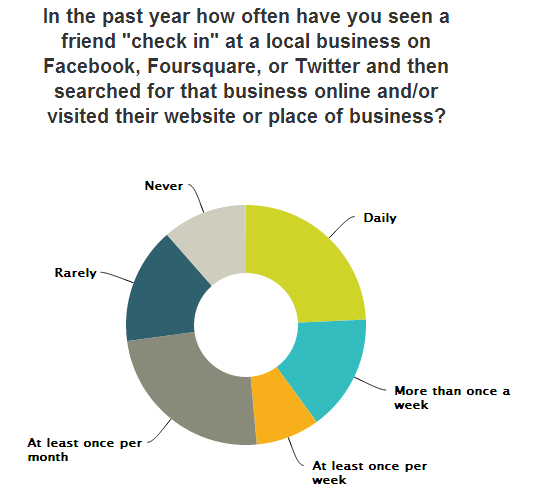
DFW residents use check-ins by friends on social media to find new local businesses frequently.
This data was first presented at DFWSEO on September 8th, 2013. Here is the full slide deck with notes
Download the whitepaper here.
